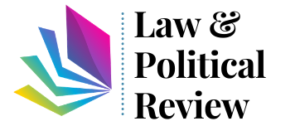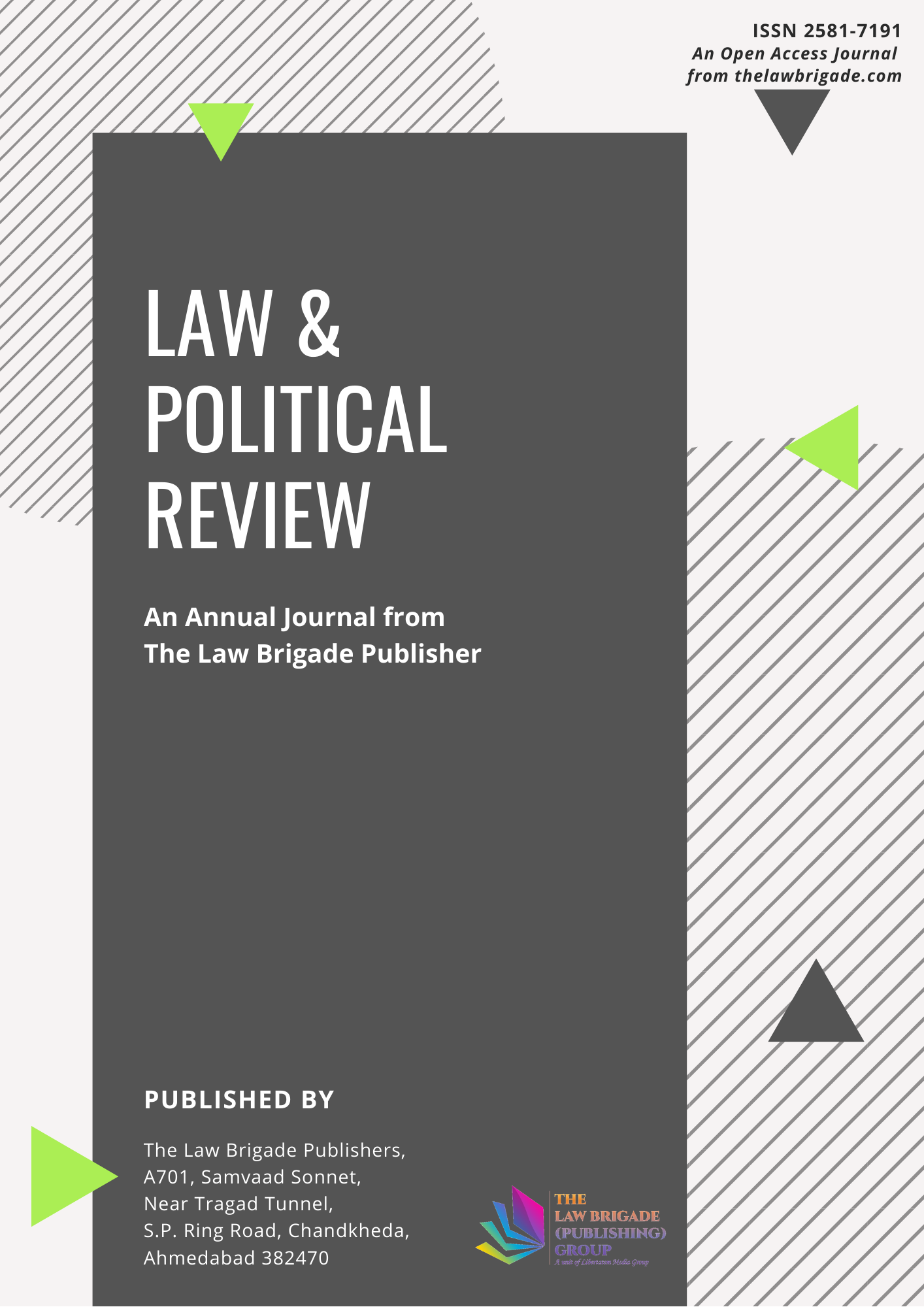Making a state has always been a violent process. State strength and cohesion, according to Charles Tilly, are linked to homogeneity, which is gained via centuries of battle and the eradication of internal adversaries. The use of coercive violence in state-making is, however, universally denounced today. For state leaders seeking cohesion through the eradication of opponents, this offers a dilemma. The internal and regional dimensions of Ethiopia’s Tigray issue are examined in this article.
It demonstrates how, as Tilly argues, the removal of internal rivals is considered a requirement of central government centralization. The operation in Tigray against the Tigray People’s Liberation Front (TPLF) senior leadership, according to the article, is an example of state consolidation and an attempt to move away from the longstanding and divisive ethnonationalism-driven political reality that the TPLF leaders are seen to represent. Ethno-nationalist political culture, bolstered by the institutional structure of ethnic federalism, has resulted in strong ethno-political identity conflicts in contemporary Ethiopia, having evolved as the main strategy to practising politics in response to decades of harsh centralist authority. Transforming this reality by implementing Medemer (coming together) can only be a gradual process filled with uncertainty, turbulence, and significant political strife.





